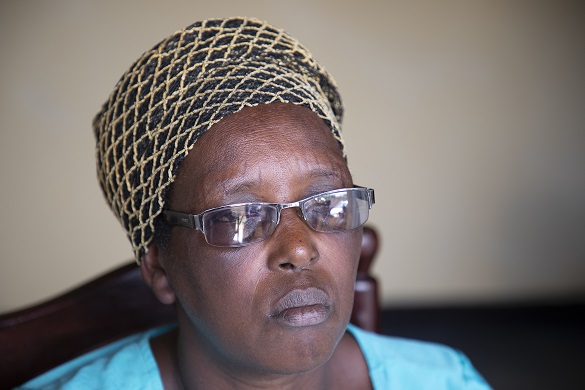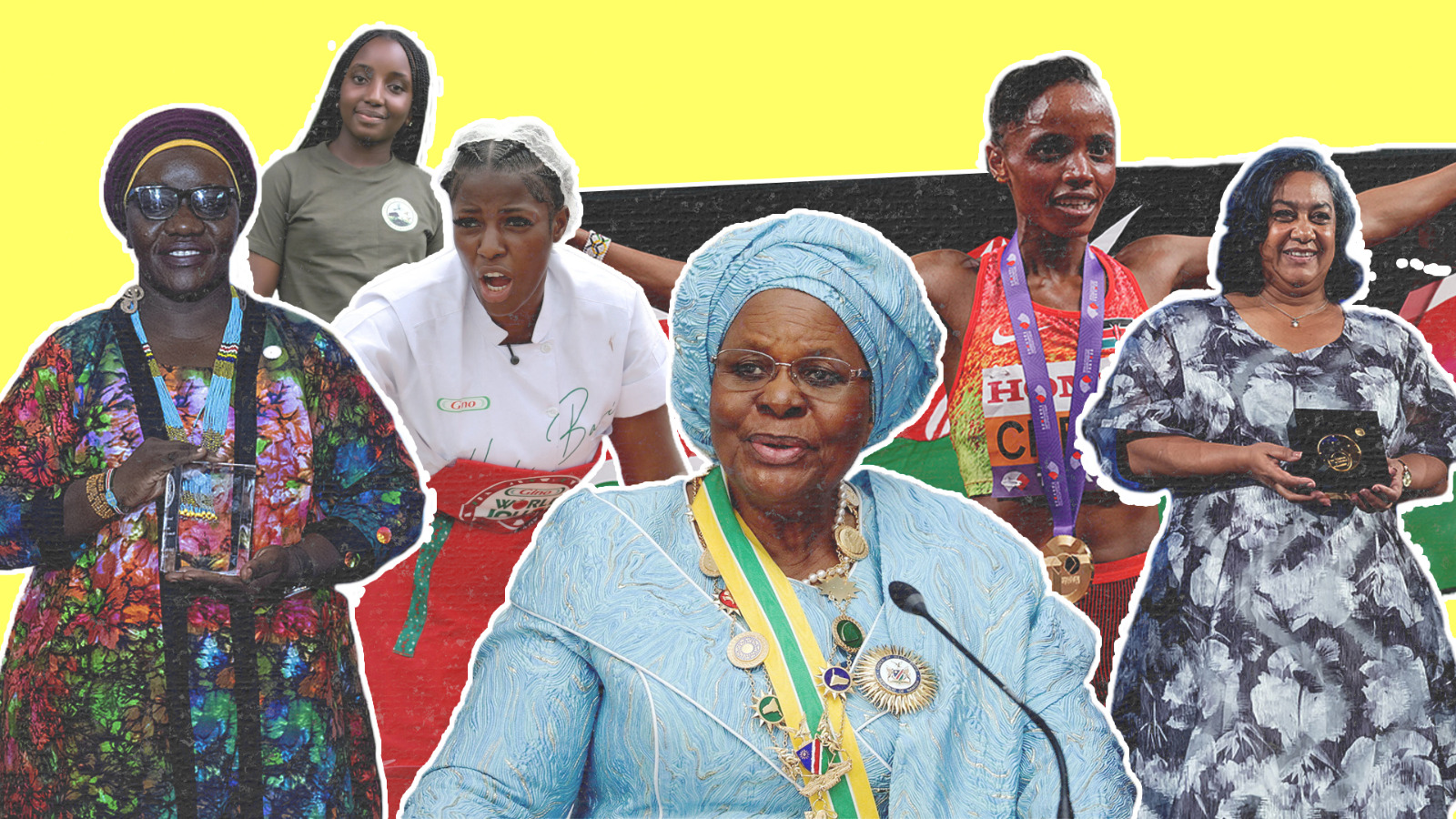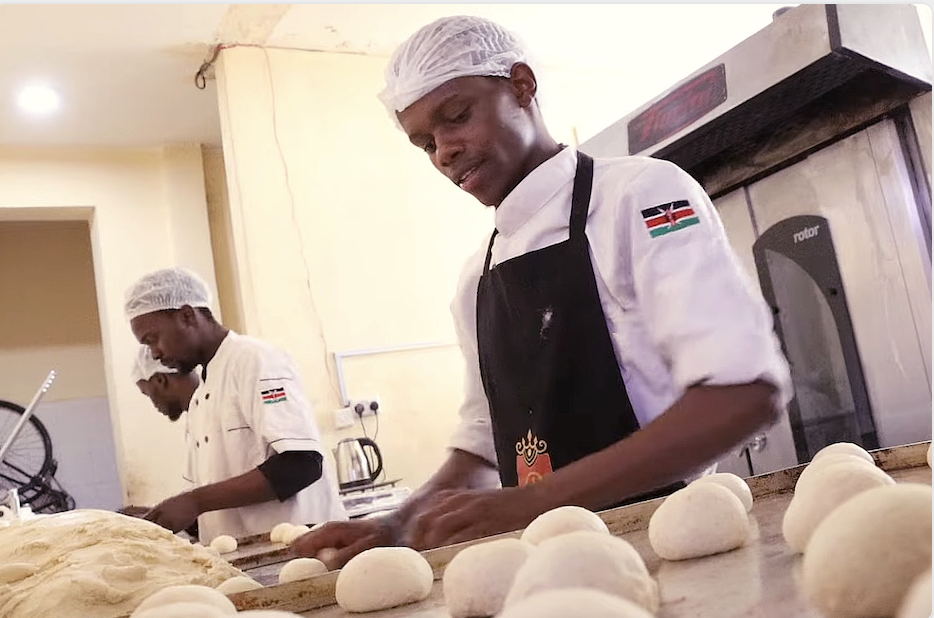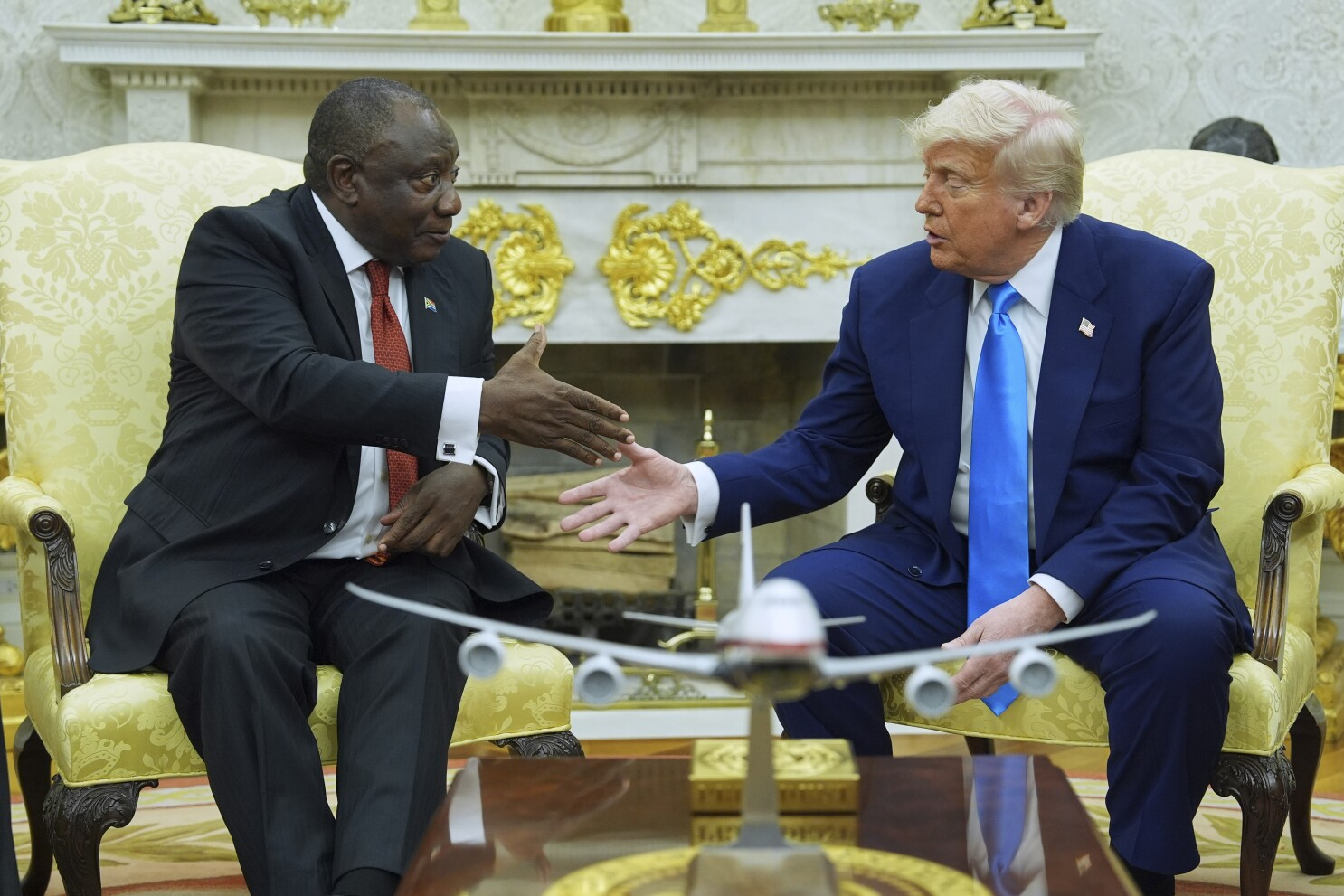
Surviving the 1994 Rwandan genocide

Millions of Rwandans were affected by the 1994 genocide that rocked the East African nation.
Sparked by the killing of the country’s former president Juvénal Habyarimana, the war pit the country’s main ethnic groups – Hutus and Tutsi – against each other.
Habyarimana – a Hutu – died on 6 April 1994 after his plane was shot down overhead Kigali as he was returning from peace talks in Ethiopia. The genocide began almost immediately, fast spreading across the country as militias hunted people of the opposite tribe down to kill them.
One of the people affected by the genocide was Mukamusoni Sarafin.
Aged 37 at the time of the genocide, Sarafin was forced out of her home by neighbours she knew too well.
“They had turned against us. They said their father had been killed. That we had killed their father. We were surprised when they said their father had been killed but we did not know which father they were talking about. I was at home with my husband and children. They took my cow away, which was almost giving birth. They cut it into pieces. They did not skin it. They just cut it into pieces,” she recounts the events from 6 April 1994.
The sudden display of enmity from her neighbours forced Sarafin to flee her home immediately with her husband and children. In the days that followed, she only relied on luck to stay alive. Militias were hunting down people and killing them brutally.
Bodies were scattered on roads across the country, rivers turning red from the blood of those who were killed. Not even churches were spared by the militias in their hunt for people to kill.
Women were raped and turned into slaves together with their children. Millions of Rwandans walked hundreds of kilometers in search of refuge outside the country. Some made it, but many died while attempting the escape.

After many days of agony, Sarafin was rescued by the RPF troops that were under the command of current President Paul Kagame. Sadly, her husband and four children did not make it. They were all killed, and she never had a chance to give them a decent burial.
Rwanda on Sunday marked 25 years since the genocide, and Sarafin says she has forgiven those who killed her husband, but she may never forget any bit of the ordeal.
Her experience is almost similar to what many other Rwandans underwent during the genocide period.
Some people say their loved ones were killed by neighbours they knew too well, and had close friendships with.
After the genocide, the Rwandan government initiated a reconciliation and reconstruction project across the country. Local courts were set up to help victims get justice.
Killers came face to face with the families of those they murdered. Many blamed it on poor leadership and incitement.
For Sarafin and many other victims, forgiveness was a responsibility they had to take for the greater good of their country.






